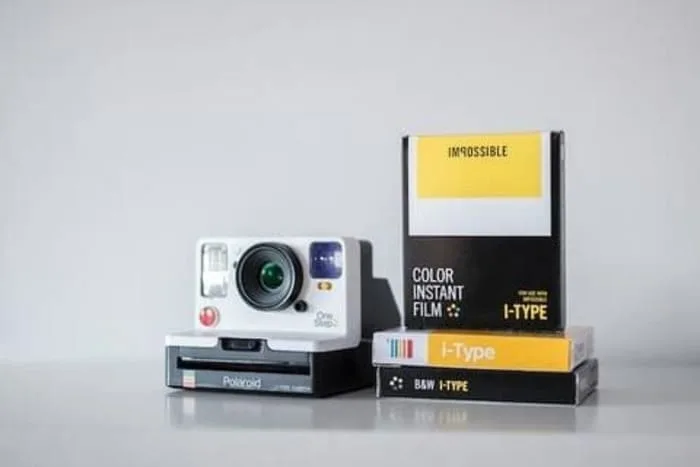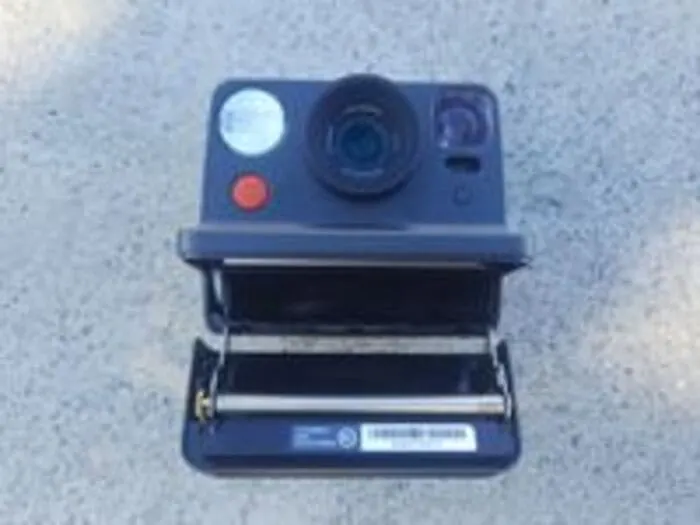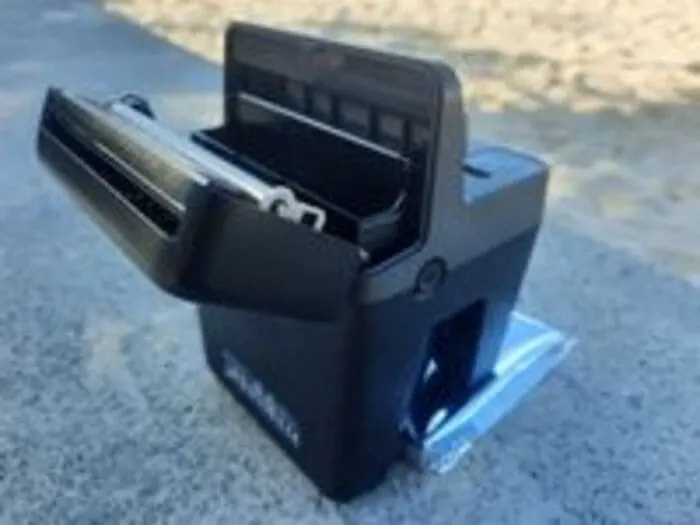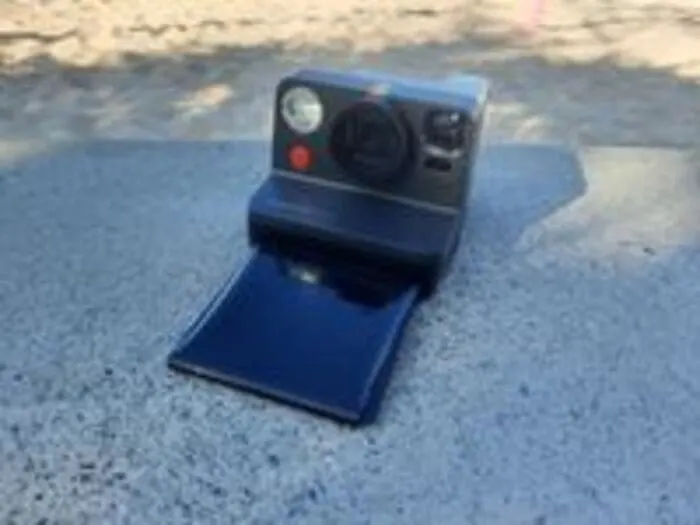If you’re a fan of instant photography, you’ve fallen in love with the classic charm of Polaroid cameras. But have you ever wondered how to refill your Polaroid with more film to keep capturing those special moments?
Don’t worry I’ll share my 10 years of Polaroid experience to guide you through the step-by-step process.

Film replacement is essential for Polaroid cameras, and knowing how to do it correctly ensures you’ll never miss a moment worth preserving. Grab your camera, and let’s get started on this easy task of refilling your Polaroid film!
Choosing the Correct Polaroid Film
When refilling a Polaroid, choosing the correct film for your specific camera is essential. Polaroid Originals produce an instant film for different types of Polaroid cameras, and using the proper film is necessary for achieving the best results.

First, determine which type of Polaroid camera you own.
There are mainly four types: 600, SX-70, Spectra, and i-Type. Each camera model uses a specific film. For instance, a 600 camera will need 600 film, while an SX-70 camera requires SX-70 films.
Make sure to purchase the film that corresponds to your camera model. You can also watch this video for a more detailed explanation of the different types of Polaroid film.
Once you have the appropriate film, store it in a cool place like a refrigerator to maintain its integrity. Using fresh film within 3-6 months will provide more reliable and natural-looking images, as mentioned on Learn Film Photography.
When you’re ready to refill your Polaroid, follow the instructions provided by Polaroid Support to insert the film properly. Taking care during this process will ensure the film develops correctly and prevents damage to the camera and film chemistry pods.

How To Refill A Polaroid Camera
Follow this step-by-step guide to refill your Polaroid camera with ease:
Materials
- Polaroid film
- Polaroid camera
Tools
- Table or workbench to use when refilling your Polaroid camera.
Instructions
1. Locate the Film Compartment

The first step in refilling your Polaroid camera is locating the film compartment. The film compartment is typically found at the bottom of the camera. Look for a sliding film door button, which you can push to open the compartment.
2. Insert the Film Pack

Once you've located and opened the film compartment, it's time to insert the film pack.
3. Close the Film Compartment

After the film pack is inserted, the final step in refilling your Polaroid camera is closing the film compartment. To do this, push the film door back into place and make sure it clicks shut. This ensures the film compartment is adequately sealed, protecting your film from light exposure and other external factors. With the film compartment closed your Polaroid camera is now refilled and ready for use!
Notes
You may also find this video helpful to guide you through the Polaroid film refilling process:
Taking Polaroid Photos and Troubleshooting
When using a Polaroid camera, one must understand some essential shooting tips:
- Firstly, always ensure you have the correct film for your camera.
- Polaroid 600, Polaroid Now and SX-70 are popular camera options.
- Prioritize using new film for the best image quality, with a recommended lifespan of 3-6 months after purchase.
- You can store your film in the fridge for a more natural color profile on your photos.
- While shooting, avoid direct sunlight, adjust exposure settings if needed, and keep a steady hand to ensure the best possible outcome.
Handling Film Issues
It’s common to encounter difficulties while refilling and shooting with a Polaroid camera. If your photos have distortions or blobs or are not ejecting correctly, it may be due to an issue with the film pack. Polaroid Support provides valuable information on troubleshooting common problems.
To insert the film into the camera, follow these steps:
- Slide the film door button across and open the door
- Match the color on the film cassette with the color indicated on the camera
- Carefully slide the thick end of the cassette in first.
- Remember to leave the pull tab on to remove the film later.
During photo development, ensure the images are not exposed to heat or sunlight to avoid poor-quality results. It is also crucial to carefully handle the film to prevent damaging the chemistry pods when loading it into the camera.
Do You Need to Refill the Ink in a Polaroid?
As a Polaroid user, it’s essential to understand that Polaroid cameras do not use ink to print photos. Instead, they rely on a unique chemical process within the instant film. As a user, you don’t need to worry about refilling the ink in your Polaroid.
When it’s time to replace your film, you purchase a new pack designed explicitly for your Polaroid camera model. These film packs are easy to find and install. Once you’ve loaded a new film pack, the camera is ready to capture and print more memories.
However, if you own a Polaroid digital instant camera like the Polaroid Snap, you’ll need to refill the photo paper, not ink.
The Snap uses ZINK (Zero Ink) technology, an ink-free printing process that uses heat to activate unique color crystals embedded in the photo paper. Again, this means you don’t need to refill ink; instead, purchase ZINK photo paper refills when needed.
So, to summarize:
- Polaroid instant cameras do not use ink;
- Instead, replace the instant film pack;
- Polaroid digital instant cameras like the Polaroid Snap use ZINK photo paper;
- No ink refill is required for these cameras; replace the photo paper.
Always use the correct type of film pack or photo paper for your specific Polaroid camera model to ensure the best results.
Leave a comment